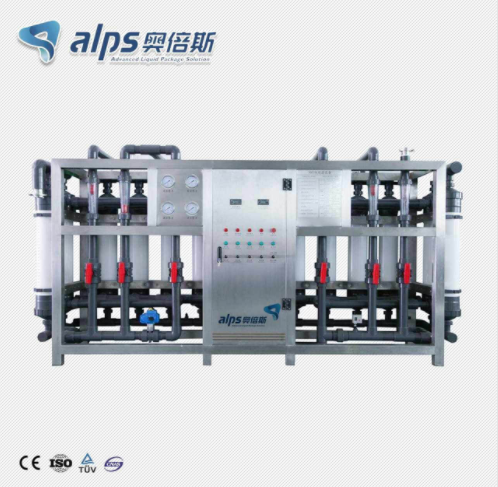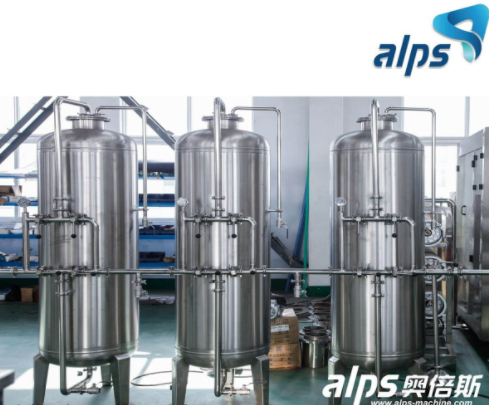Advanced Liquid Package Solution
Pasteurization method: Pasteurization is to heat the mixed raw materials to 68-70℃, and keep this temperature for 30min and then rapidly cool to 4-5℃.
Ultra-high temperature sterilization: a sterilization process in which the heating temperature is set to 135-150°C, the heating time is 2-8s, and the heated product meets the commercial sterility requirements.

Pasteurization method: After pasteurization, a small part of harmless or beneficial, relatively heat-resistant bacteria or bacterial spores are still retained, so pasteurized milk should be stored at a temperature of about 4 °C, and can only be stored for 3 ~10 days, up to 16 days.
Ultra-high temperature sterilization: After ultra-high temperature instantaneous sterilization, the product is packaged in a sterile environment, which can effectively control the total amount of microorganisms in the product, greatly prolong the shelf life of the food. And because the sterilization duration is very short, it can be maximize product nutrition and flavor preservation.
Pasteurization: Pasteurization uses a pasteurizer.
Ultra-high temperature sterilization: The equipment used for ultra-high temperature sterilization is steam or heat exchanger.
Heating method for ultra-high temperature pasteurization
The heating equipment for ultra-high temperature pasteurization mainly includes plate heat exchanger and tubular heat exchanger.
The plate heat exchanger is a heat exchanger formed by pressing thin metal plates into heat exchange plates with a certain corrugated shape, then stacking them, and tightening them with plywood and bolts. Thin rectangular channels are formed between the various plates, and heat is exchanged through the half plates. The working fluid flows through the narrow and tortuous channel formed between the two plates. The hot and cold fluids pass through the flow channel in turn, and there is an interlayer plate in the middle to separate the fluids, and heat exchange is carried out through this plate.
The structure and heat exchange principle of the plate heat exchanger determine that it has the characteristics of compact structure, small footprint, high heat transfer efficiency, large operation flexibility, wide application range, small heat loss, and convenient installation and cleaning.
Plate heat exchanger is a new type of high-efficiency heat exchanger composed of a series of metal sheets with a certain corrugated shape. Thin rectangular channels are formed between the various plates, and heat is exchanged through the plates. Plate heat exchanger is an ideal equipment for liquid-liquid and liquid-vapor heat exchange. It has the characteristics of high heat exchange efficiency, small heat loss, compact and lightweight structure, small footprint, convenient installation and cleaning, wide application and long service life. Under the same pressure loss, the heat transfer coefficient is 3-5 times higher than that of the tubular heat exchanger, the floor area is one third of that of the tubular heat exchanger, and the heat recovery rate can be as high as 90% or more.

Tubular heat exchangers are also known as shell and tube heat exchangers and tubular heat exchangers. The working principle of tubular heat exchangers is as follows:
1. The shell-and-tube heat exchanger is composed of multiple layers of materials with good thermal conductivity. The working principle is similar to that of a water heater.
2. The water heater generates heat from the combustion of gas, and the heat exchanger is the heating medium, not an open flame. There are two pipeline circuits inside the heat exchanger, one is the heat source and the other is the heated source heat source, just like the flame when the water heater burns hot water or steam etc.
3. The heated source is like the heated water in a water heater. There is also an internal regulating valve before the heat source inlet of the heat exchanger in the heat source loop, and the temperature of the heated source can be adjusted by changing the opening of the valve.
Alps is a professional supplier of water treatment system, if you want to know more about the sterilization method, please feel free to contact us.

By continuing to use the site you agree to our privacy policy Terms and Conditions.